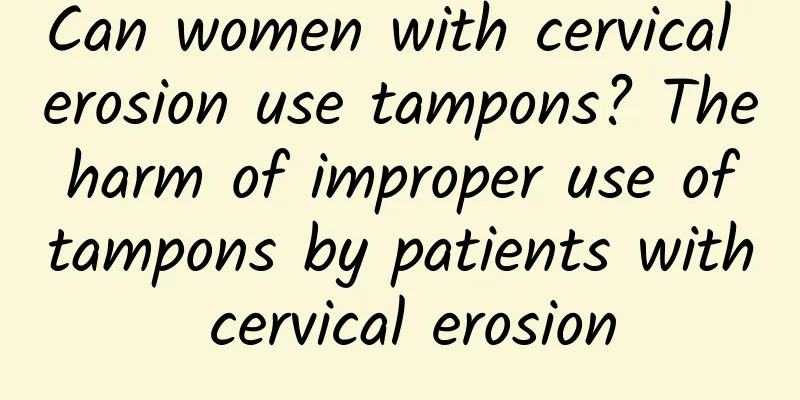What causes menopause?

|
In recent years, due to the increasing use of estrogen replacement therapy by postmenopausal women, the proportion of endocrine postmenopausal bleeding caused by iatrogenic drugs has also increased. This shows that the causes of postmenopausal bleeding are diverse, and the cause of uterine bleeding is the most complicated. Let's take a look at the detailed introduction below. In life, in addition to the phenomenon of taking postmenopausal bleeding lightly as "rejuvenation", there are also many people who regard postmenopausal bleeding as a "disaster" and think that they are suffering from a terminal illness. This phenomenon shows that people have a certain understanding of the cause of postmenopausal bleeding, but the understanding is very one-sided, which leads to unnecessary tension. "Menstruation" comes again after menopause, or more precisely, vaginal bleeding one year after menopause. Common people call it "inverted flowering", and clinically it is called postmenopausal bleeding. This is one of the common diseases in elderly women. Its etiology is complicated, the nature of the disease is difficult to determine, and the diagnostic methods vary. With the rise of modern geriatric medicine, this disease has become one of the important research topics of modern perimenopausal medicine, and it is not the "rejuvenation" phenomenon promoted by some people. If the intrauterine device is left in place for a long time after menopause, the ovaries will shrink and the estrogen level in the body will decrease, causing the uterus to shrink and the device to become embedded in the uterine muscle layer. The damage to the endometrium and myometrium can also cause vaginal bleeding. Taking pollen and nourishing tonics containing hormones on a regular basis may also cause vaginal bleeding. People with systemic hemorrhagic diseases and internal diseases such as hypertension, diabetes, and atherosclerosis sometimes also have vaginal bleeding. |
>>: What factors cause menopause?
Recommend
I don’t want to get fatter during the Chinese New Year reunion! Unboxing 9 wall exercises for the Year of the Golden Rat to help you lose fat easily
As the Lunar New Year passed in the blink of an e...
What are the dietary taboos for patients with chocolate cysts?
There are many reasons why more and more people a...
Does hyperprolactinemia cause stomach pain?
Hyperprolactinemia is a common disease among wome...
Cervical erosion is very harmful to women
Cervical erosion brings a lot of trouble to women...
Bartholin's gland cyst during pregnancy
Treatments for Bartholin's gland cysts during...
What are the abnormal symptoms after uterine fibroid surgery?
Uterine fibroids are the most common gynecologica...
How much does medical abortion cost
Medical abortion is a method of abortion and a re...
Winter is the best time to lose weight, the reason is revealed! Secret weapon for weight loss: This vitamin helps burn fat
There is no holiday for weight loss, especially w...
Get rid of stress-induced obesity and supplement the 6 major nutrients of B group! Nutritionists teach you how to eat to relieve stress
Too much stress can also cause you to gain weight...
How much does it cost to have a painless abortion?
Nowadays, people aged 18-25 are the most likely t...
Cai Peiran’s mermaid line is 90 points! Sculpting without sweating
Recently, the keyword that has been trending on t...
Eat to get a small V-face! 4 recipes for slimming your face revealed
In addition to improving it through massage, if y...
Do I need to take confinement after a miscarriage?
Whether confinement is necessary for spontaneous ...
What are the dietary treatments for miscarriage?
Diet therapy after miscarriage has slowly penetra...
Teach you how to treat vaginitis through exercise
There are many ways to prevent and treat vaginiti...









